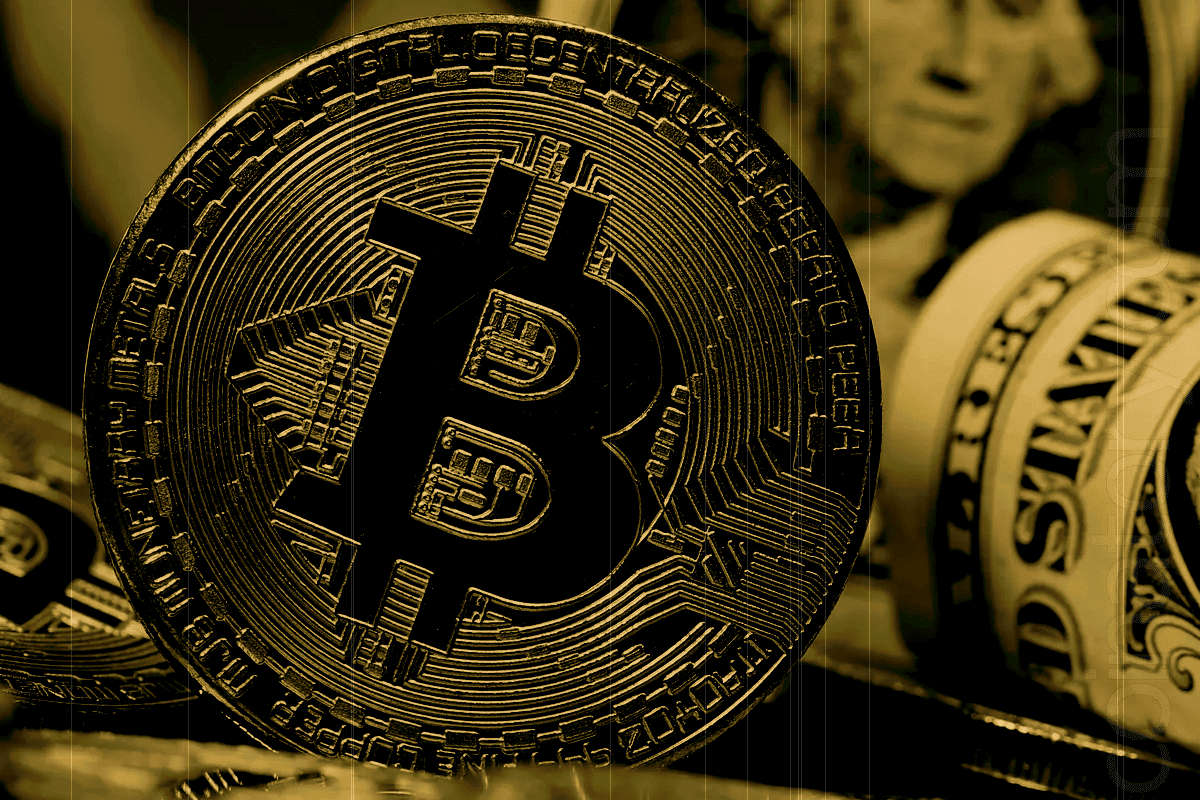
How the creators of cryptocurrency struggle with the manufacturers of ASIC chips, designed to make a quick earning of digital money, and what problems arise in this case.
Specialized processors (ASIC), bring their developers billions of dollars. However, their use has split the crypto community. Why does this technology cause rejection among ordinary members of the crypto community and the founders of cryptocurrencies?
Application of ASIC for mining allows receiving higher incomes in the cryptocurrency for each dollar invested. But the initial cost of using them is higher than when buying a PC (which is often already there) – at a cost around $ 2,000 (a specific price depends on the model), specialized chips are not available to everyone. But ASICs are fast and people or organizations that are able to purchase a significant number of them put the main value of cryptocurrency – decentralization – under attack. The concentration of resources in the same hands led to the fact that many cryptocurrencies, such as Ethereum, Monero, and ZCash, made their algorithms “ASIC-resistant”. But will this stop the ASIC giants being offensive?
Windmills
The main means are given to the miners for the “block closure” operation, in which transactions are recorded. For most cryptocurrency, the block closes according to the Proof-of-Work algorithm, which requires significant computing power. ASIC cope with this task faster than CPUs and video cards of conventional computers, but it is possible to select algorithms for closing the block so as to create a specialized chip for cryptocurrency was difficult. So it turns out to become “ASIC-stable” cryptocurrency. However, “difficult” does not mean that it is impossible to outwit the algorithm, and the relative simplicity of making custom-made chips makes the emergence of specialized equipment inevitable: the miners having the means will create such devices to have advantages in the mining of digital coins and “outcost” the expenses.
How do communities respond to ASIC neutrality? The easiest way out is to change the Proof-of-Work algorithm. This is done through a branch of the new currency (hardfork), the program code varies for all participants and the laws under which the mining takes place change somewhat. Personal computers were originally created as universal computing tools, they are adjusted to new algorithms. But in ASIC-schemes all the rules of hardcoded and even small changes in coding algorithms when closing the block can make them useless. As a result, many cryptocurrencies are still mainly using video cards: Monero, Zcash, Ethereum, Vertcoin, and others.
Manufacturers of ASIC devices are trying to smoothly increase the number of devices in cryptocurrency networks to avoid detection of a sharp increase in the computing resources of the network – this is the case with the first ASICs that appeared in the Bitcoin network in 2013. Bitmain recently released the E3 ASIC for the second-largest Ethereum currency, which will go on sale in July 2018. Some stock analysts rushed to adjust the price forecast for AMD and Nvidia (processors for video cards), believing that the emergence of an ASIC scheme in the production of Ethereum will lead to a decrease in demand for graphics processors. At the same time, Bitmain releases these ASICs for sale, despite the fact that there are already assumptions about their uselessness – Ethereum should start switching to another type of algorithm, Proof-of-Stake, which completely abolishes the existing mining process.
Unlike the simple modification of block coding, which gives protection of cryptocurrency only from existing ASIC-schemes, switching to another algorithm (block closing conditions) Proof-of-Stake is a more cardinal solution. The game of “cat-and-mouse” with permanent hardforks of cryptocurrencies requires community consent and high-quality execution in order to maintain the efficiency of the algorithm. When using the Proof-of-Stake algorithm, on the other hand, the amount of cryptocurrency that is in the account has not the computational power but the computing power. In other words, the probability of the participant forming the next block in the blockchain is proportional to the participant’s funds in this cryptocurrency.
This approach excludes the use of ASIC-schemes and other arms race. But completely deprives the currency of decentralization, as it gives its beneficiaries too strong control, and minority shareholders can increase their share only by purchasing a significant amount of digital money.
The unattainable ideal
Even in a world where there is no ASIC, and mining will occur only on video cards, there will not be instant justice. And it is the versatility and flexibility of the graphics adapter, which represents the ability to obtain various cryptocurrencies, in contrast to ASIC, which poses a particular threat. In the “ASIC-stable” network Ethereum, the second largest in the world, there are 2 million video cards. The two largest pools in Ethereum have about 500,000 graphics processors each, and the next largest – about 250,000 video chips. This means that the 3 largest pools of Ethereum can use the feature of blockchain technology, overcome the 51% capacity barrier, which allows them to freely rewrite the contents of most cryptocurrencies registers not included in the top 20 without asking the other participants. The only deterrent is the potential drop in the value of cryptocurrencies exposed to such attacks.
Multifunctionality of video cards, which allows miners to easily switch from one cryptocurrency to another, is the key to decentralization – if large holders of computing capacities make it unprofitable to mine one cryptocurrency, users can quickly switch to another one. But the problem of volatility is created: the rapid arrival of users with new video cards lowers the income of each of the participants of the critical network. ASIC cannot be switched to another currency, which means that the scope for speculation is seriously reduced and a relatively stable exchange rate is maintained.
The tightening of China’s policy on energy consumption by the mining industry will help expand the geography of mining, and ASIC-mining in particular. Due to the pressure exerted by the state, some major mining operators are moving from China to Iceland, Canada, Russia and other countries. Among other things, a number of experts predict that in the near future, Bitmain, which has lost its reputation, can compete with large corporations of Intel and Samsung, which will improve the situation with the market of specialized chips. If this happens, the era of using video cards in the mining will end as it used to be with CPUs. At the same time, the combination of approaches remains: the community of anonymous cryptocurrency ZCash is considering the option of combining both approaches, where part of the emission will be given to ASIC schemes, and the other to the miners on video adapters. This approach will take root or the current situation will require a more technological solution, – we will find out in the near future.
The current split in the crypto community resembles the princely internecine strife of the gloomy Middle Ages. A powerful technological breakthrough in the development of the blockchain has been replaced by stagnation and division of the community – into adherents of certain currencies or approaches to their mining, and within the currencies themselves with respect to the strategy for their further development. As in the IX-XI centuries, the split does not bode well: the liquidity of popular currencies is reduced as a result of their separation, and the chain of endless hardfork changes in the algorithms used increases the probability of errors, not to mention the loss of confidence in individual currencies and the teams behind their development.
I believe that we are witnessing a turning point, which in many respects will determine the future of the entire industry, both the development of the cryptocurrency and the currencies themselves, which will stand in the ongoing confrontation.







